No description yet: Can you help?
Residential Building, Wervikstr. 141


No description yet: Can you help?

No description yet: Can you help?
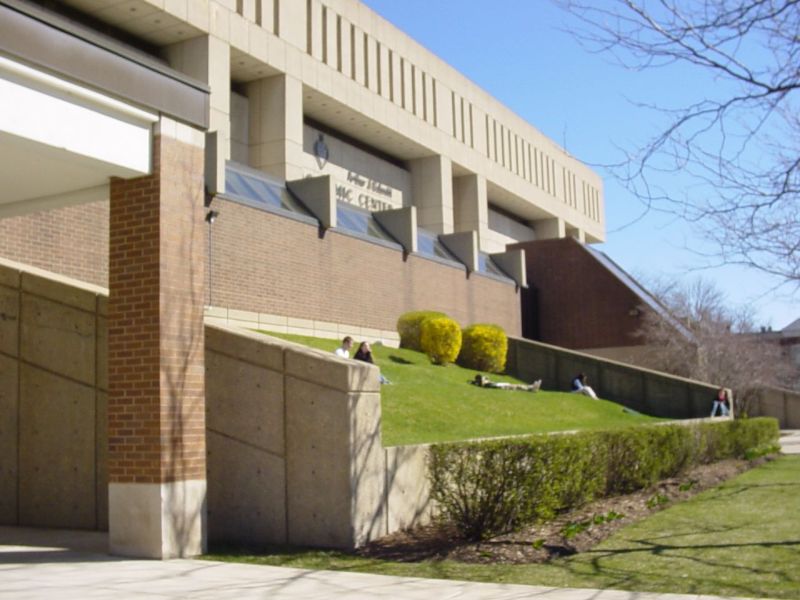
No description yet: Can you help?
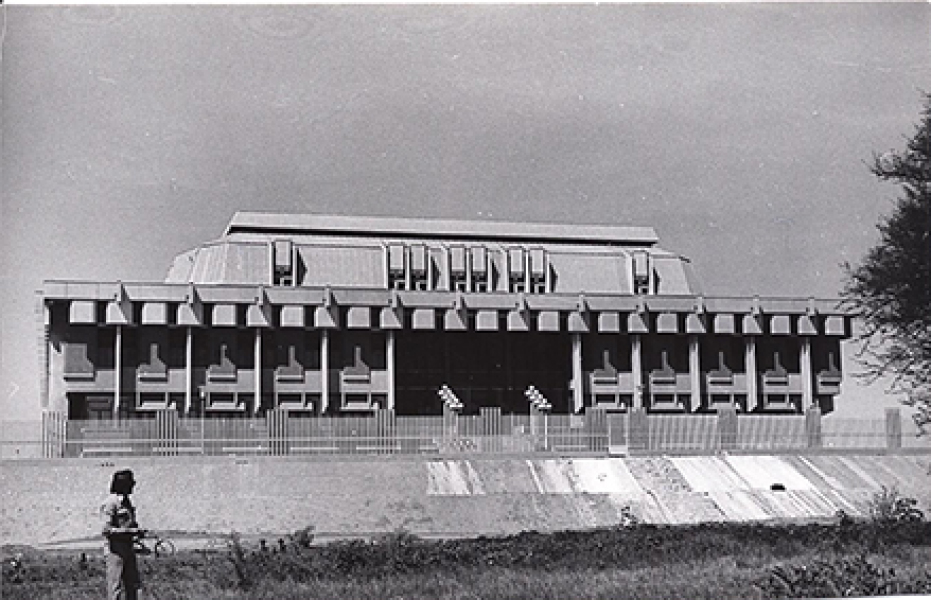
L?z?rescu was a Romanian architect which puts the Sudanese parliament in a line with the Soviet styles of Brutalism. The facade elements turn machine aesthetics into purely decorative design features. The overall layout thought still seems reminiscent o…

No description yet: Can you help?
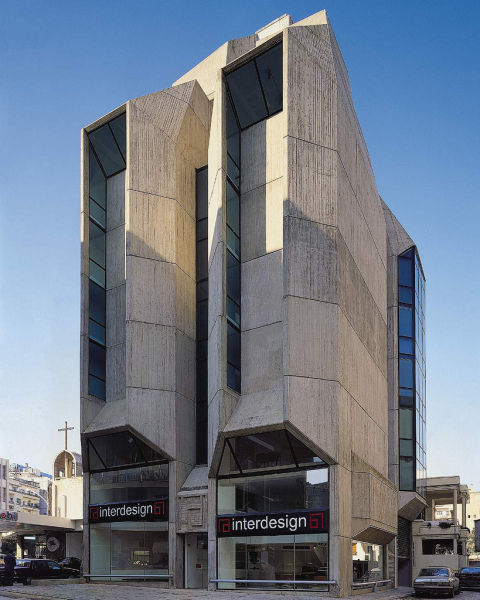
No description yet: Can you help?
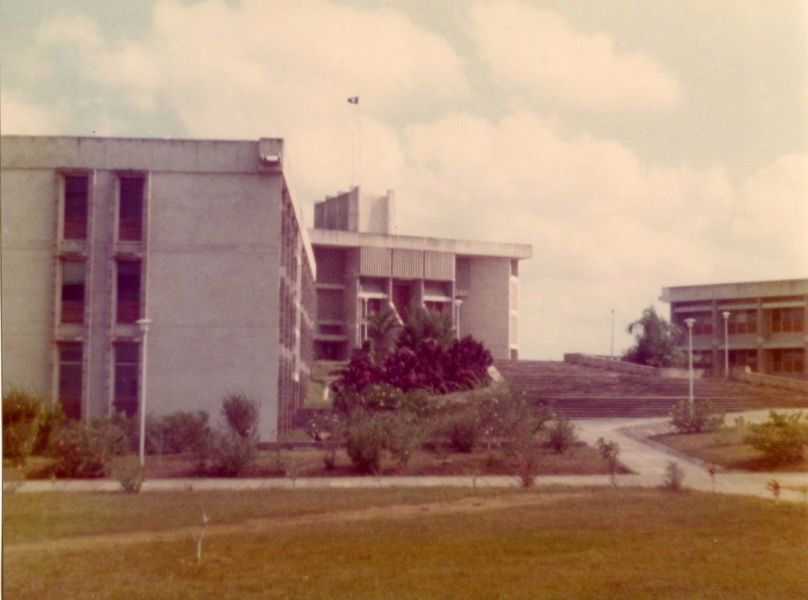
No description yet: Can you help?
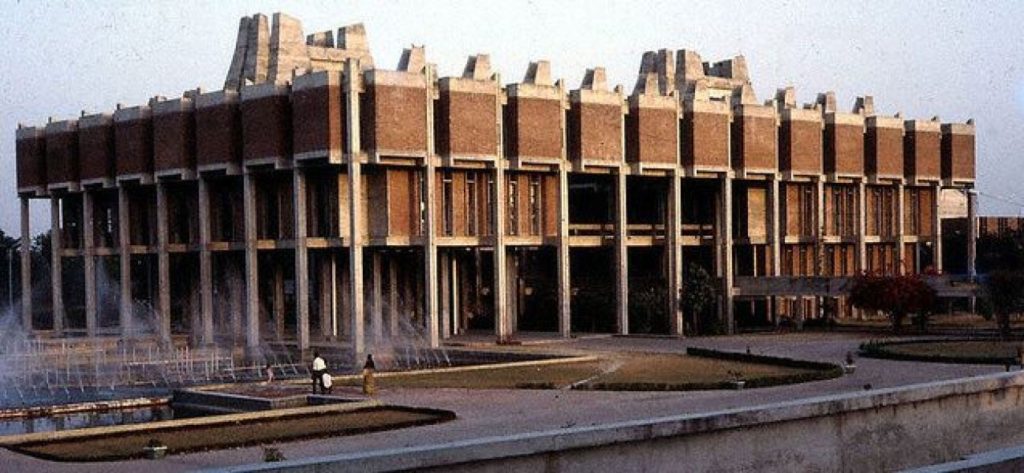
No description yet: Can you help?
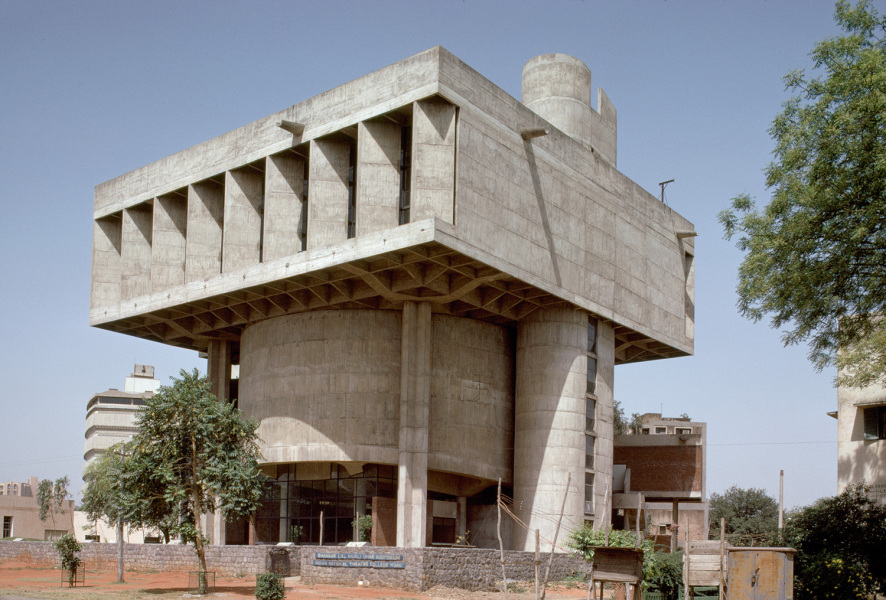
No description yet: Can you help?
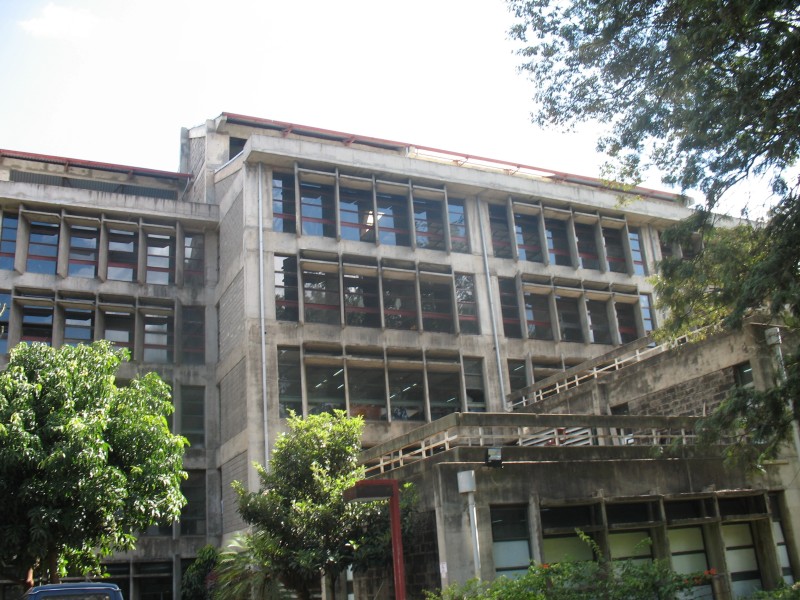
No description yet: Can you help?
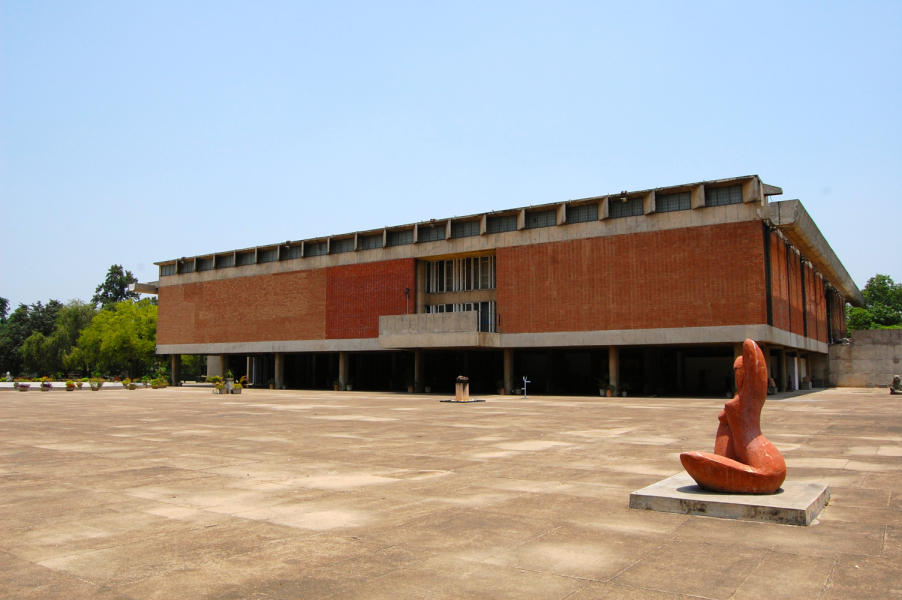
Shortly after independence in 1949 India was in a phase of finding its own identity. With his massive buildings made of exposed concrete and brick in Chandigarh and Ahmedabad Le Corbusier was, in 1951, one of the key masterminds stimulating the new ar…
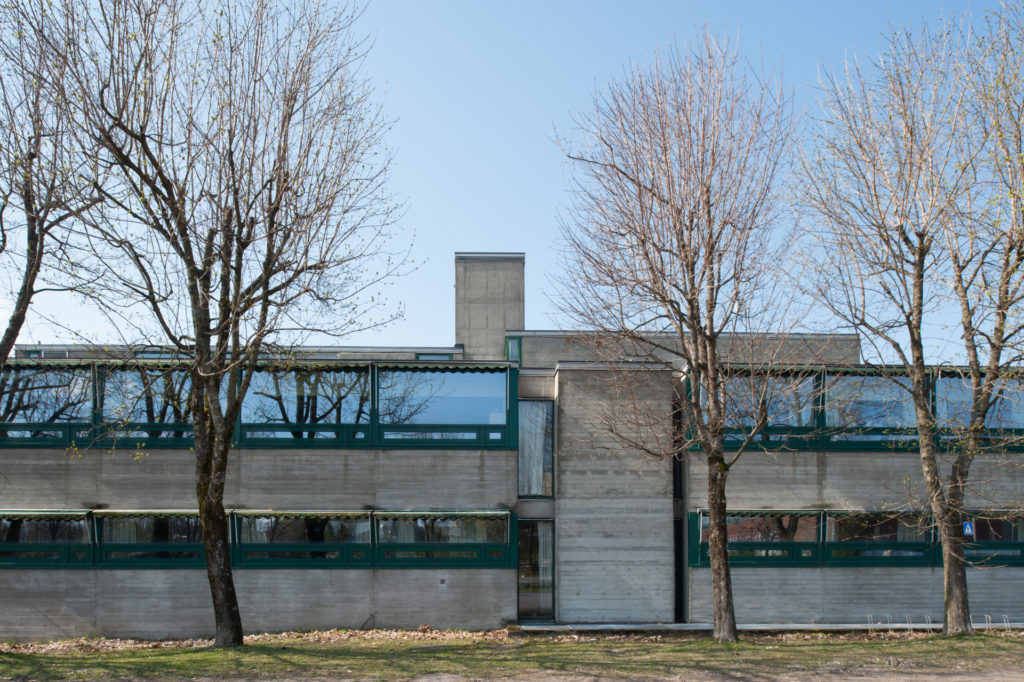
No description yet: Can you help?
No description yet: Can you help?
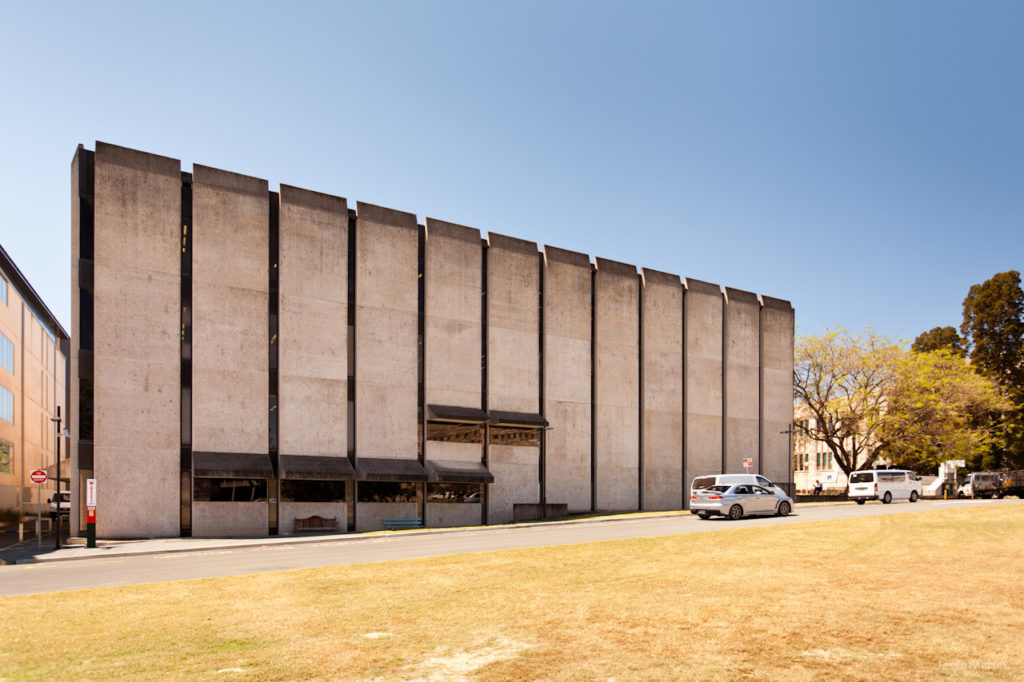
No description yet: Can you help?

No description yet: Can you help?
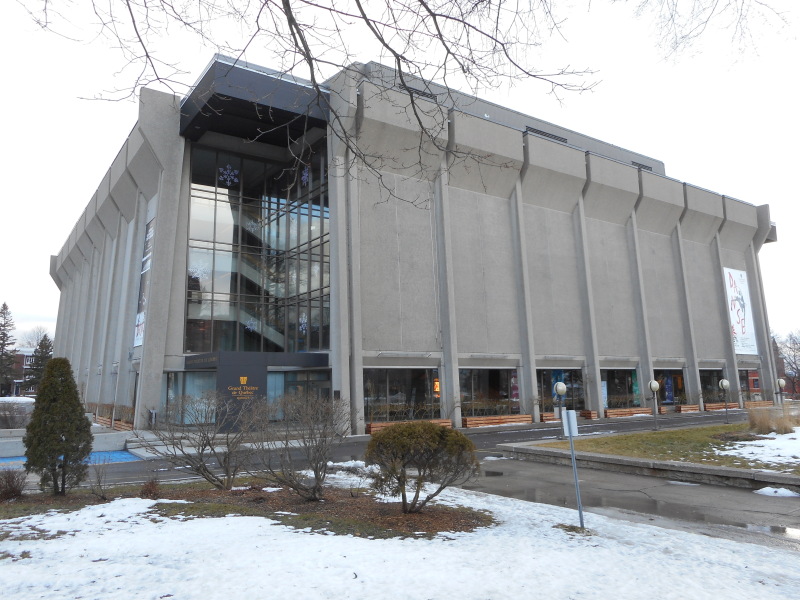
No description yet: Can you help?
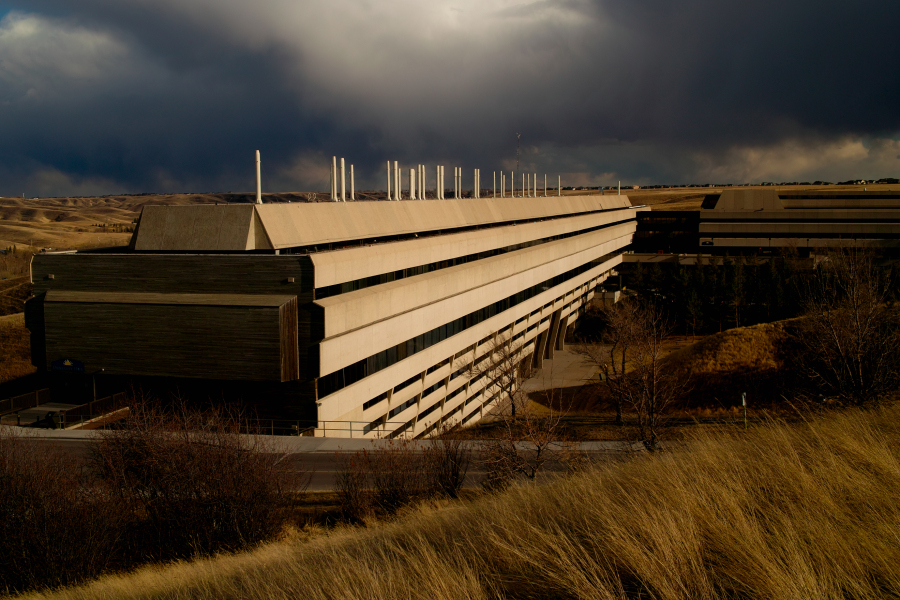
With his vivid, sculptural use of concrete, Erickson has been repeatedly called a “concrete poet” in the press. The main Lethbridge University building’s façade is segmented with horizontal concrete bands to “reveal the rich contours of even th…
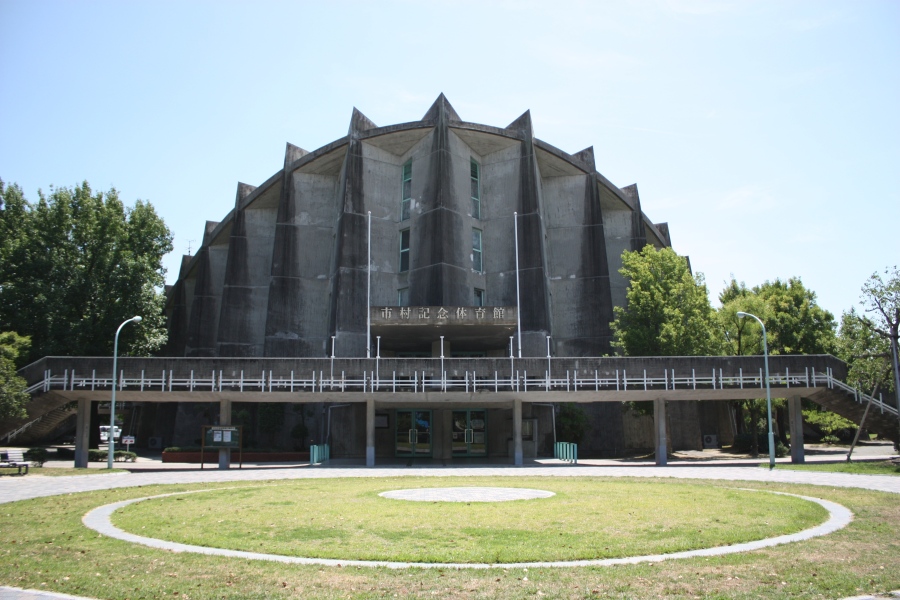
No description yet: Can you help?
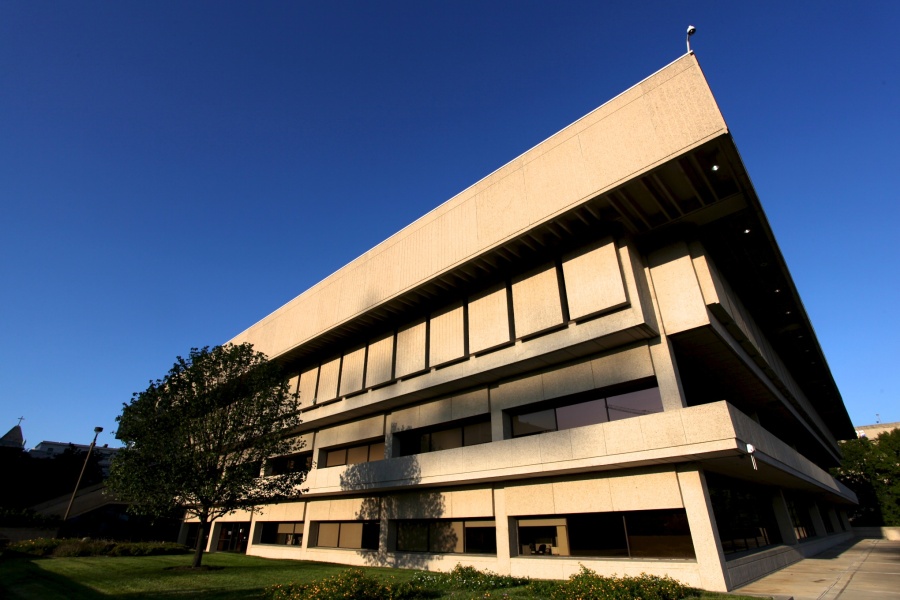
No description yet: Can you help?
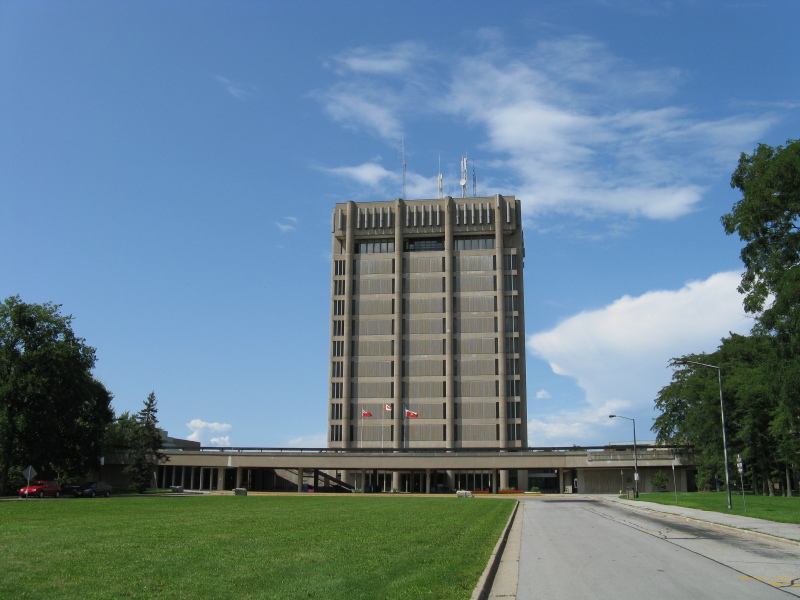
No description yet: Can you help?